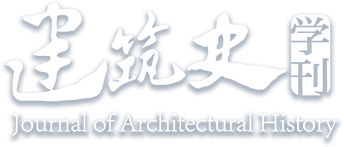Abstract:
This paper delves into a productive approach to integrate digital humanities with the art historical examination of medieval manuscript illustrations and early architectural drawings within the Jewish context. It focuses on a particular focus on the line-drawings of the Second Temple found in the
Commentary on the Mishneh by the Andalusian Talmudist-philosopher Moses Maimonides. It contends that Maimonides’s architectural diagrams not only enable a spatial and ritual contemplation of the Temple complex, transcending fragmented textual accounts, but also preserve the literary imagination that often falls short in direct architectural reconstruction. Firstly, it reveals the intricate nature of these drawings by highlighting the challenges in categorizing them within modern scholarly frameworks as either “manuscript illustration”or “architectural drawings”. Secondly, facilitated by the utilization of trace copies and digital 3D modeling techniques, the paper demonstrates how these drawings adeptly address the geometrical and compositional challenges inherent in the literary tradition surrounding the Temple, showcasing their unique problem-solving capabilities. Lastly, it further emphasizes the drawings’ contemplative function, extending beyond their instructional purpose, by engaging with their disproportionate representations, incongruent viewpoints, and unresolved spatial elements. This paper urges a technical and visual reassessment of Maimonides’ architectural diagrams in his manuscript, whose depth and intricacies have thus far been underappreciated in traditional scholarly discourse.


 下载:
下载: